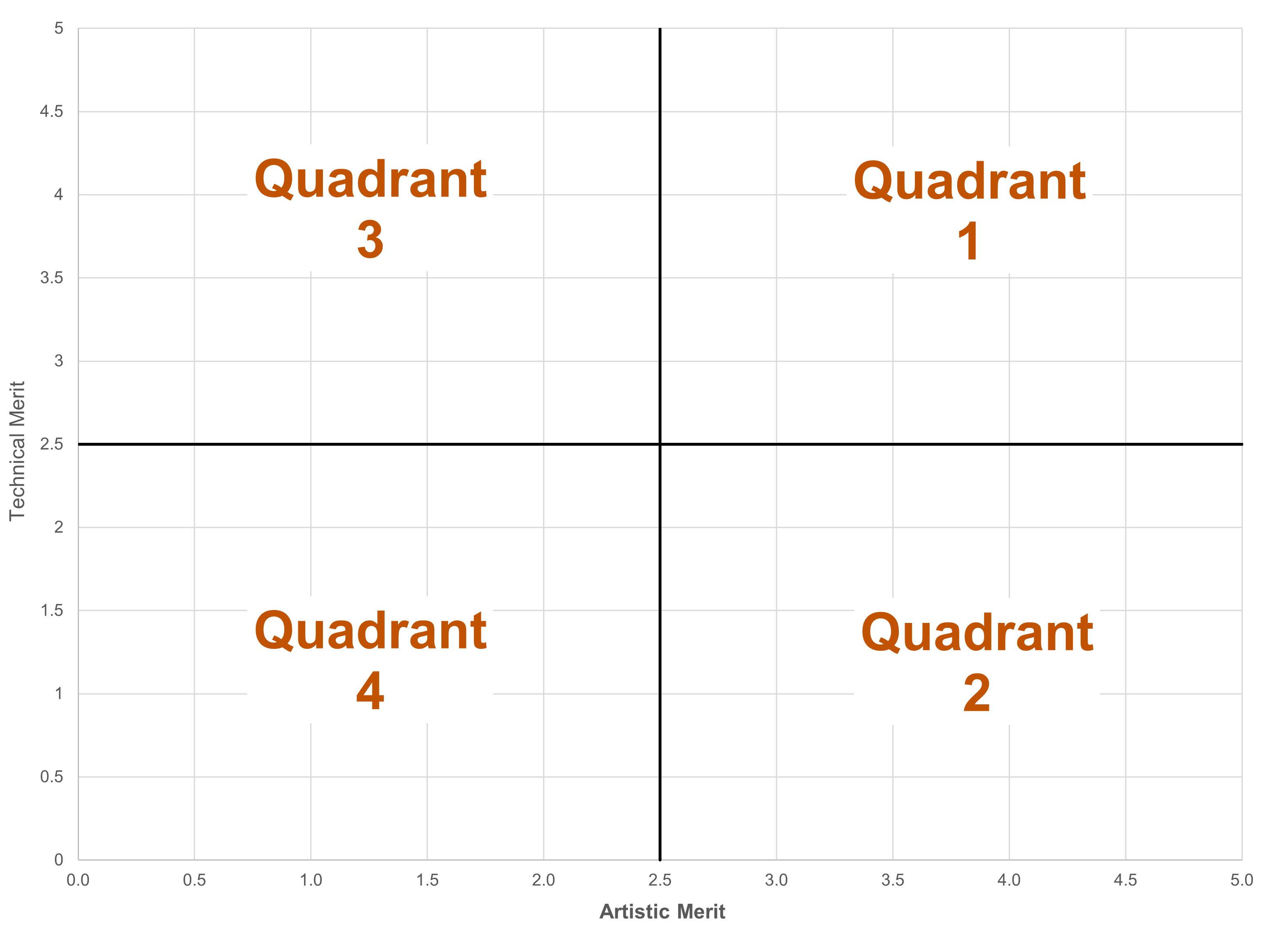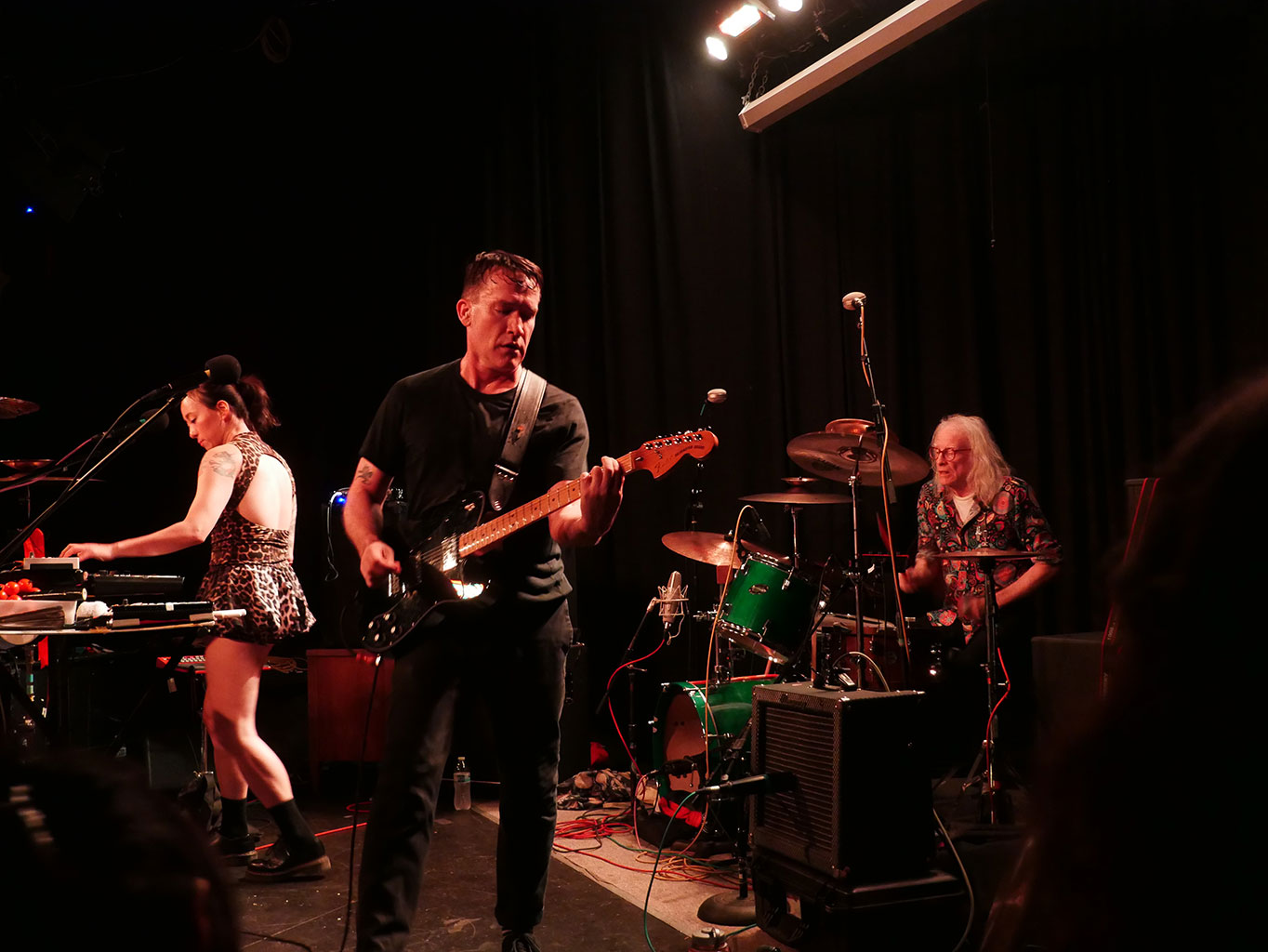Data Strategies for Unbiased Curation
“My artistic interests focus on showcasing the work of artists who reframe history as well as creating spaces and programming to dialogue with such work,” says Abatan, who is a public art project manager with the Washington State Arts Commission (ArtsWA) and recent Seattle University graduate with an MFA in Arts Leadership. “However, my background means that while I’m interested in creating and curating art, I’m also looking to leverage data that can look at a system… to minimize unconscious biases that can show up in such systems.”
Working with Abatan, Future Arts developed a methodology to automate the process for aggregating and visualizing data that was submitted by each reviewer. The hope is that the model can be replicated in future artist calls.
“[Future Arts’] data-driven approach to decision-making tries to minimize the unconscious biases that can creep in during an artist selection process,” says Abatan. “When reviewers have personal knowledge or relationships with the artists or are more drawn to a particular aesthetic versus a different point of view, those biases can especially impact marginalized populations.”
For starters, Czoski suggested using a matrix to help guide the team’s curation. Visualizing the entries with scores ultimately streamlined the process and gave the team a common language to use for curation discussions.
“The approach we used is actually based on prioritization matrixes as a way to prioritize ideas or projects based on criteria a group has agreed to,” explains Abatan. “I really like this explanation by the Nielsen Norman group because it outlines [Future Arts’ curation] process pretty well.”

- We decided artistic merit and technical ability were key criteria for ranking the artists who applied
- We individually ranked each applicant on a scale from 1-5 for each criteria, which allowed the data to be plotted on a matrix that is not just a scatter plot but a focused decision tool.
- We then took an average of our individual rankings and plotted those averages on the prioritization matrix above for a first-round selection.
- Quadrant #1 artists were those with high tech ability and high artistic sensibility
- Quadrants #2 and #3 were possible collaborations between artists/collectives with high experience with augmented reality software packages like Spark AR but low artistic vision/points-of-view, or high artistic sensibilities but little or no AR technology know-how.
- Quadrant 4 artists (low artistic/low tech ability) were only to be considered by exception with a clear reasoning for deviating from the process e.g. incomplete entries.
“[T]here were group discussions after our individual rankings that further guided the artist selection,” writes Abatan. “As with any curatorial process, however, there are then further conversations on the artwork to be shown and how it fits a space and the overall exhibit.”






